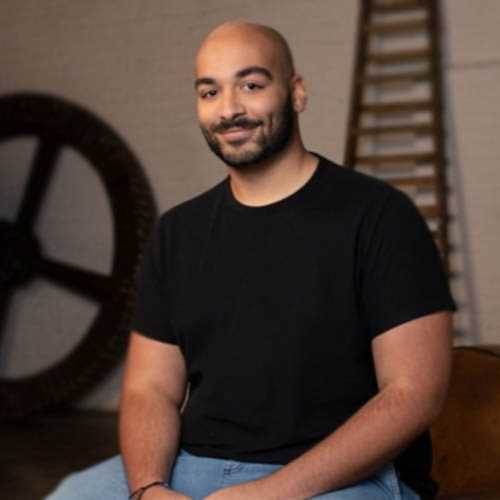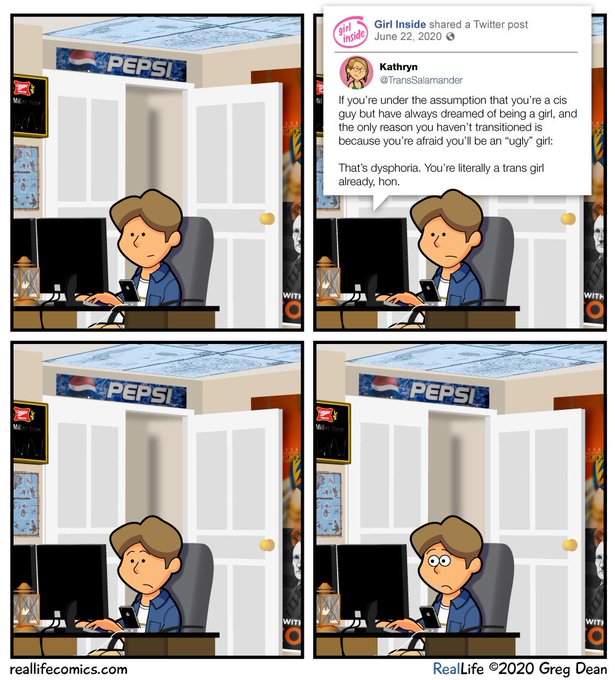Resources for Gender Diverse People
“One day in the midst of writing, I met my friend the writer Alex Leon for brunch, and our conversation turned to the subject of what it means to grow up queer in a straight-as-default world. He wrote this tweet that sums it up nicely: Queer people don’t grow up as ourselves, we grow up playing a version of ourselves that sacrifices authenticity to minimise humiliation & prejudice. The massive task of our adult lives is to unpick which parts of ourselves are truly us & which parts we’ve created to protect us.”
-from ‘Caught in the Act: A memoir by Courtney Act’ by Courtney Act
Nevo Zisin – Beyond the Binary
I really like the part of this video where Nevo talks about their identity in a way that has nothing to do with the male/female binary, and another part where they label their body as “my body” rather than a male or female body. I can’t always articulate it perfectly in therapy, but I want to open people to the idea that living outside of the binary might be the answer for them. I’m never surprising anyone with earth shattering information of course (hey, you might not know but there’s these identities called non-binary and gender fluid!!!) but I’ve found that often people with a lived gender questioning experience feel like a binary option is the only answer for them. I personally find Nevo is such an honest and authentic person to listen to. They show what a life beyond the binary can look like.
Check out my review of Nevos’ book ‘Finding Nevo’, on the Books I Recommend Page.
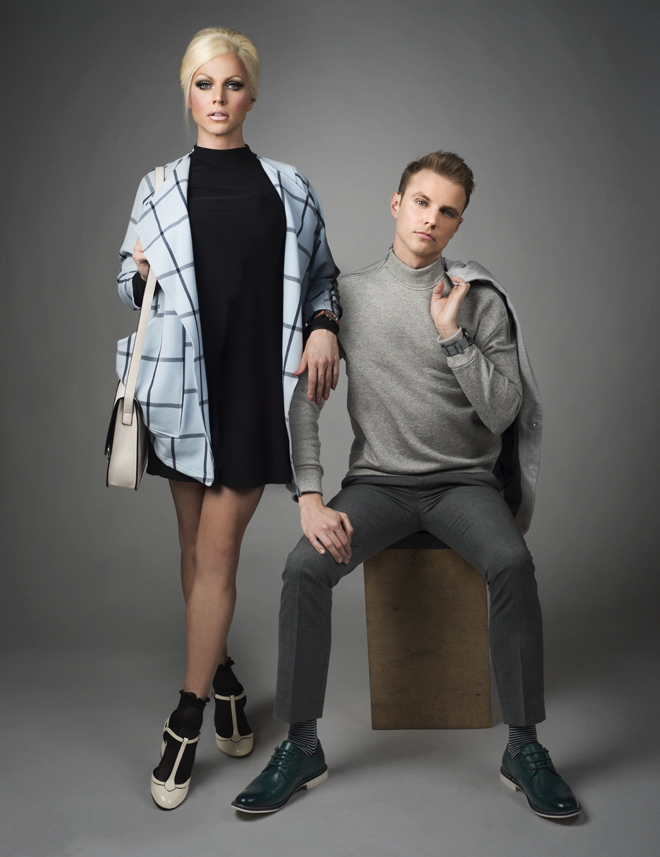 “It’s actually not about labels at all, because no one label fits anyone perfectly, but the labels are still important because they’re like signs that guide you to the right street, at which point you have to find which house is yours. And once you’ve found that house, you get to decorate and redecorate it however you like to make it yours”
“It’s actually not about labels at all, because no one label fits anyone perfectly, but the labels are still important because they’re like signs that guide you to the right street, at which point you have to find which house is yours. And once you’ve found that house, you get to decorate and redecorate it however you like to make it yours”
-from ‘Caught in the Act: A memoir by Courtney Act’ by Courtney Act
Jamie Windust interviews Shane Jenek, on being Gender Fluid (among other things).
Jamie Windust interviews Shane Jenek (aka Courtney Act). Shane talks about how embracing their femininity led them to question whether they were a transwoman, and how ultimately they realised that they didn’t want to be a man, or to always be a woman. They wanted to be them, somewhere in that middle ground that allows them to express the exact makeup of femininity and masculinity that is uniquely them. They spoke about authenticity of gender expression, rather than the performance of gender expression.
This video really got me thinking about gender identities that are outside of the male/female binary, about gender expression and authenticity that aligns with the core self, whether that aligns with a binary gender expression for many people, or for anyone for that matter, and if many trans people choosing a binary identity would choose a non-binary identity if we lived in a world where binaries weren’t so rigidly enforced.
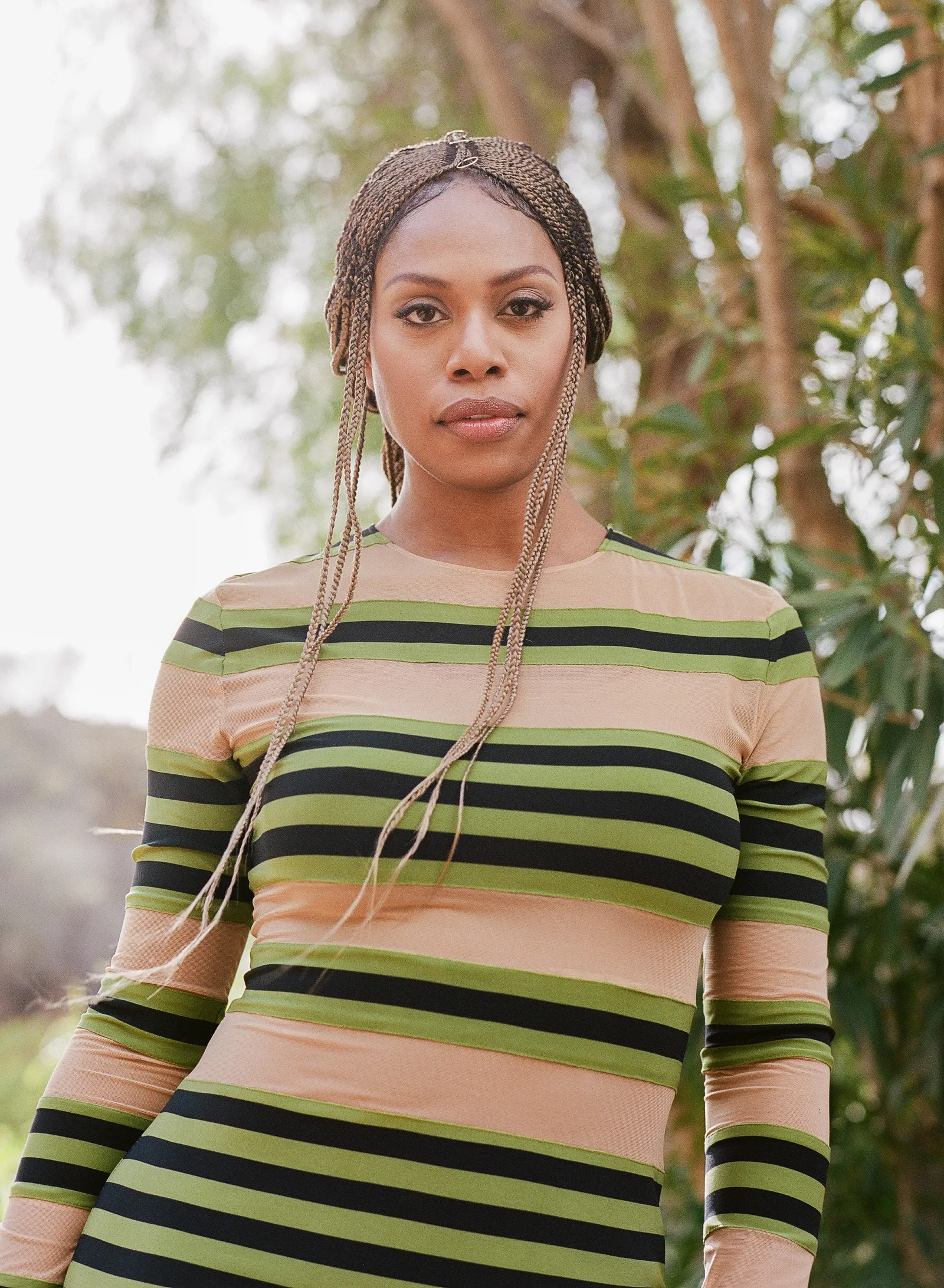 “It is revolutionary for any trans person to choose to be seen and visible in a world that tells us we should not exist”
“It is revolutionary for any trans person to choose to be seen and visible in a world that tells us we should not exist”
-Laverne Cox
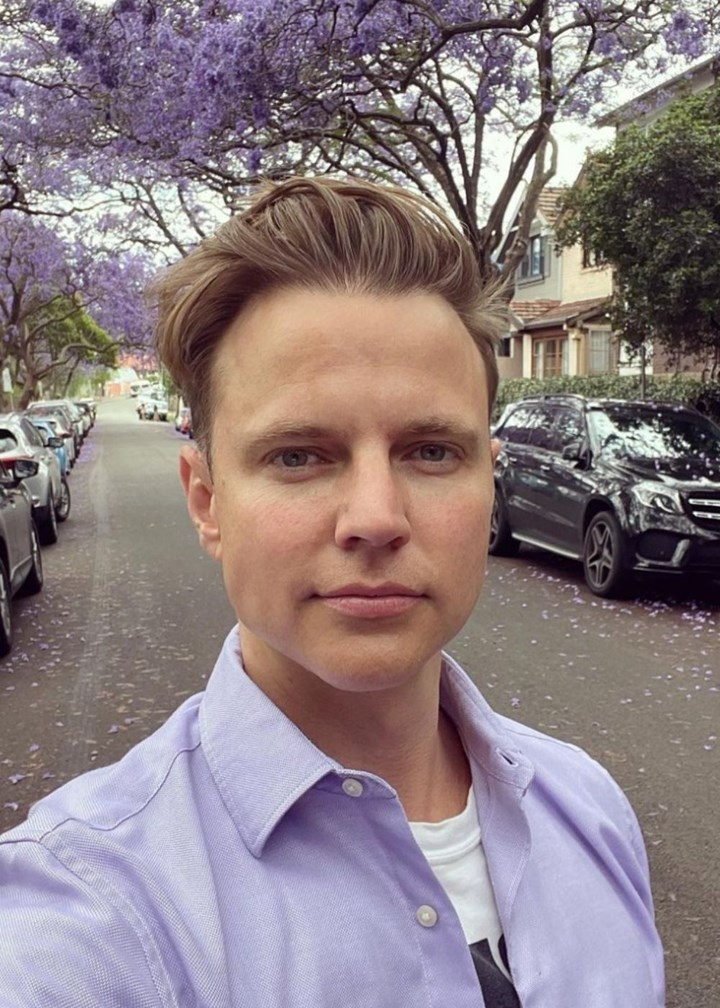 “When I turned 30 I felt the urge to renovate. I began knocking down the back wall and started to see the odd shapes of the wonderful little home I had built when I was a kid. The neighbours over the back wrote a letter to the council, but no one ever got around to following it up. As I pulled down the second wall I started to recognise in my home elements of others I had seen on my travels. I had asked some of these people why no one had sent them a letter or fined them, or come round and painted their house back to its original colour; it turned out that those things had indeed happened to them, but they had fought back. They said no. They worked together and joined the body corporate board and city councils, and they had the rules changed. I started to meet more and more people like me. I knocked down the third wall until only the blue façade and janky white picket fence remained. I went to the local council meetings, the city council meetings, I even went on TV and started talking about how I thought we should be allowed to paint our homes whatever colour we wanted.
“When I turned 30 I felt the urge to renovate. I began knocking down the back wall and started to see the odd shapes of the wonderful little home I had built when I was a kid. The neighbours over the back wrote a letter to the council, but no one ever got around to following it up. As I pulled down the second wall I started to recognise in my home elements of others I had seen on my travels. I had asked some of these people why no one had sent them a letter or fined them, or come round and painted their house back to its original colour; it turned out that those things had indeed happened to them, but they had fought back. They said no. They worked together and joined the body corporate board and city councils, and they had the rules changed. I started to meet more and more people like me. I knocked down the third wall until only the blue façade and janky white picket fence remained. I went to the local council meetings, the city council meetings, I even went on TV and started talking about how I thought we should be allowed to paint our homes whatever colour we wanted.
A couple of years ago, in the middle of the night, I demolished the final wall to reveal the peculiar, gorgeous and unique building that lay beneath, the one I’d built all those years ago. It was just as magnificent as I remembered. I worked all through the night, clearing the last of the rubble as the sun started to rise. The sun’s rays filled the house with the most perfect morning light. The architecture I’d designed so intuitively as a kid made the whole place the perfect temperature all year round. Instead of fixed rigid binaries there was now an infinite kaleidoscope of possibility. Words can’t describe how I felt when I uncovered that tiny little house – it was all I’d ever needed. The feeling was beyond the realm of right and wrong; beyond the reach of the five senses or the thinking mind. When all is stripped away, an intrinsic sense of being is all that remains. It just is.”
Check out other books I’ve reviewed, including Caught in the Act, the Books I Recommend page.
Excerpt from ‘Caught in the Act: A Memoir by Courtney Act’. By Shane Jenek.
“When I was born (and probably even before) my mum and dad started laying a foundation for a brand-new home. Bit by bit, piece by piece, over the next 18 years they poured thick slabs of love and drove strong beams of support deep into the earth. Once they completed a section I would start building my own little structure on top. Mum and Dad would take me around to see other homes, some brick, others wood; some tall and sleek, and others small and cosy. They showed me catalogues of carpets and wallpapers, fixtures and fittings. They took me to home decorator stores and let me wander off and bring back anything I liked.
By the age of ten I had built a gorgeous little dwelling. It was a unique and peculiar little home, like the Gaudí House in Barcelona or something you’d find in Whoville. Every surface was a different colour and a different texture. Each wall was made of a different material. There was fringe, glitter, shag walls and jewel-encrusted windows. It was eclectic but harmonious. It was self-supporting, self-sustaining and most magnificent to behold.
Then one day, sometime around the onset of puberty, some building developers turned up and declared that all of the unique little homes on my street had to look one of two ways. All the houses with even numbers needed to look a certain way, and all of the odd-numbered houses needed to look another. Carpenters erected four big walls around my structure and painted the whole thing blue. I could never work out which house was mine, though, so I painted its sides different colours. The front was festooned with glitter polka dots.
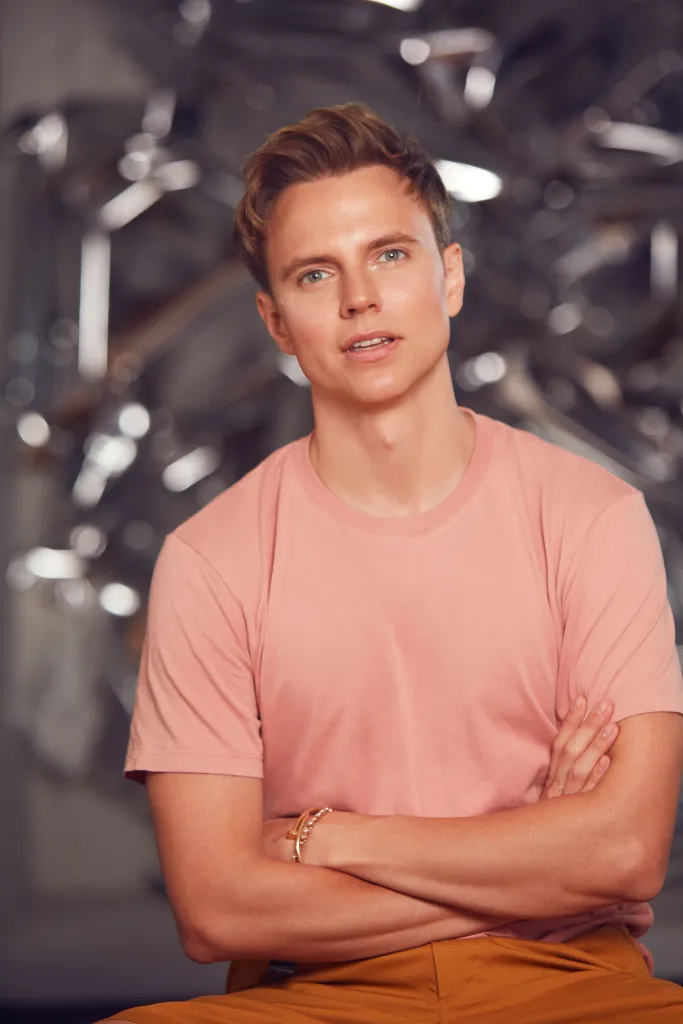
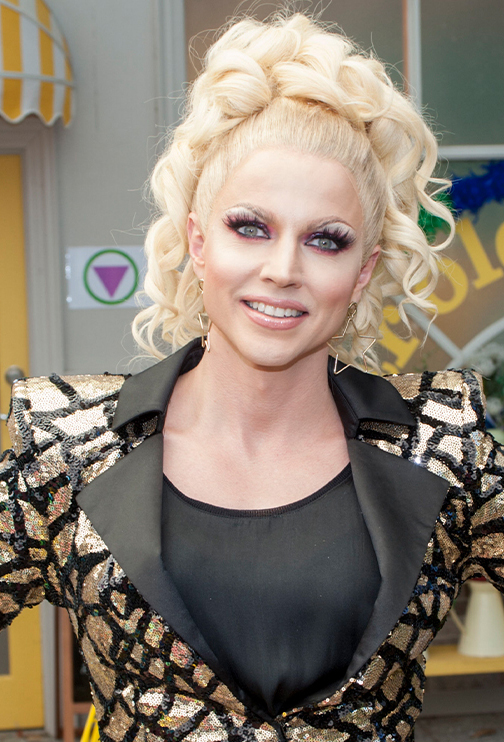
“That decision to be different came at a cost: I got a letter in the mail telling me I had to paint it back to blue, and after I ignored it an inspector arrived on my doorstep to tell me I had to pay an on-the-spot fine. A team of men turned up with ladders and tins of blue paint, then they hurriedly slapped a coat on so it looked pretty much like all the others – but not quite. The walls were blue again but all slightly different shades, and the finish was rushed and streaky. At Christmas I put up lights, and when New Year rolled around I decided not to take them down. People thought it was odd, but they let it slide.
When I turned 18 I started making little additions here and there, mostly to the inside; I’d knock down walls and do all sorts of home renovations that were never to code. Yet still the four blue walls on the outside imposed, blocking the natural light and fresh air. Most people on my side of the street seemed content with their homes. Every now and then the outside of one would get a new coat of paint, sometimes glossy, sometimes satin, sometimes matte – but always blue. The other houses always had the curtains drawn, so I never knew what they looked like inside, but from the outside they looked like how my house was supposed to look.
I felt so much shame through my 20s ’cause everyone else’s home looked uniform and mine looked slapdash. But as I got out of my neighbourhood and explored other cities and countries, I noticed the houses looked slightly different everywhere I went, and I got ideas about how my home could look.”
Counselling Enquiry Form
To ensure I can support you, please take a moment to fill out the form below. I will get back to you as soon as possible.
Contact Details
Email
[email protected]
Address
294B Blackburn Road
Doncaster East, 3109
Phone
0456 058 595
Book an appointment
(Existing clients only)

